XPeng G7 arrives with "AI brains" and a windshield that sees the future
Chinese automaker XPeng is rolling out its latest creation, the G7, a mid-size electric SUV that it claims is more than just another EV. XPeng is calling it the first "AI Car," a bold statement that hinges on its powerful new computer brain and a high-tech windshield display developed with a familiar tech giant. The company is betting that smart technology, combined with a family-friendly design, will be enough to poach buyers away from established players.
It won't be an easy task. The G7 is set to compete in a crowded field that includes the Tesla Model Y, and it takes a different approach to design. Some electric SUVs go for a sleek, coupe-like roofline, but the G7 embraces a more traditional, almost boxy shape. This decision has nothing to do with nostalgia; it's a practical choice aimed squarely at families.
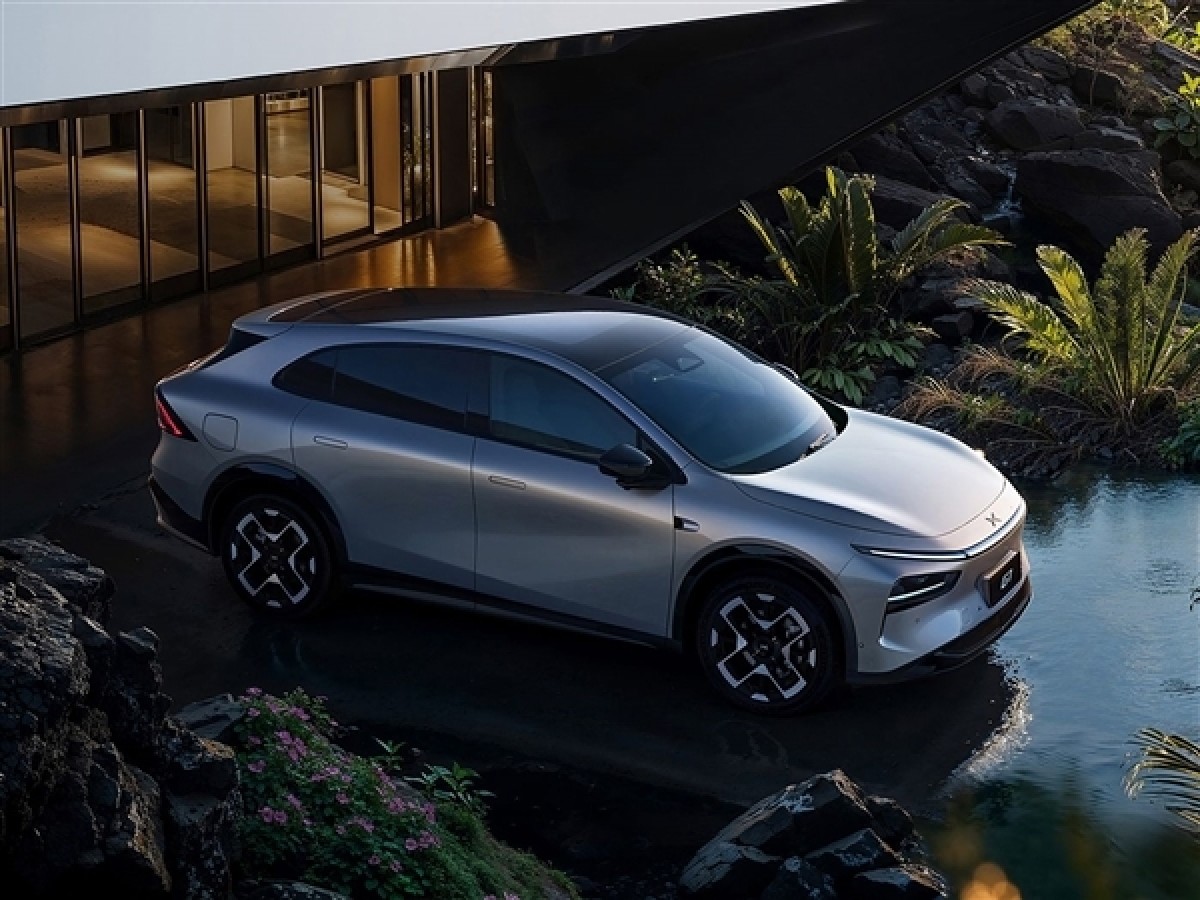
By prioritizing a conventional SUV silhouette, XPeng has carved out more interior space, particularly for passengers in the back seat, who will appreciate the generous headroom. With a length of 192.6 inches, a width of 75.8 inches, and a height of 65.2 inches, the G7 has quite a footprint and promises a spacious cabin for five.
The exterior mixes plenty of futuristic touches with practical elements. It has a black lower body surround, hidden door handles for a smoother look, and a sizable rear spoiler. Privacy glass for the rear windows and a large panoramic sunroof are also part of the package, suggesting an emphasis on passenger comfort. The G7 wants to look futuristic without sacrificing the utility that buyers in this segment expect from their vehicles.
Inside, the G7 pushes a minimalist agenda, a trend common in modern electric cars. Some drivers might be surprised that the vehicle does away with the traditional instrument cluster behind the steering wheel. Instead, all critical information is projected directly onto the windshield through an advanced augmented reality head-up display (AR-HUD).
This new HUD was developed in partnership with Huawei and it gets quite a name: Chasing Light Panorama AR-HUD. The system overlays navigation arrows and safety alerts onto the real world ahead. Drivers can see a digital "carpet" showing exactly which lane to be in for the next turn, the navigation arrows follow the road layout, blending display with reality. Thanks to the new powerful chip and AI, the display can show potentially dangerous situations before they actually happen. XPeng claims this 87-inch virtual display is bright and clear enough to work in various lighting conditions, helping to reduce driver distraction and improve safety.
The "AI Car" moniker is actually a bit more than just marketing fluff based on the fancy display. XPeng has fitted the G7 with its new, self-developed Turing AI chip. The company describes this chip as designed to handle the heavy lifting required for both its advanced driver-assistance systems and the vehicle's smart cockpit functions.
This new hardware is what gives the G7 its claimed L3-level computing power, a step toward more advanced autonomous driving capabilities in the future. It's clear that XPeng is focusing on the software and processing power that define the next generation of EVs.

Surprisingly, the G7 is powered only by a single electric motor producing 218 kilowatts (292 horsepower), the same unit found in its sibling, the XPeng G6. This motor is paired with a lithium iron phosphate (LFP) battery pack from supplier CALB. XPeng hasn't officially announced the driving range, but LFP batteries are quickly becoming known for their durability and safety, and the company is hinting that low energy consumption will be a major selling point.
With an expected price tag of around RMB 250,000 (approximately $36,000), the XPeng G7 is priced to be a disruptive force in the popular mid-size electric SUV segment when deliveries begin in the third quarter of 2025. The presale starts on June 11, and it will be interesting to see how the public responds to XPeng's vision of the future of family motoring.
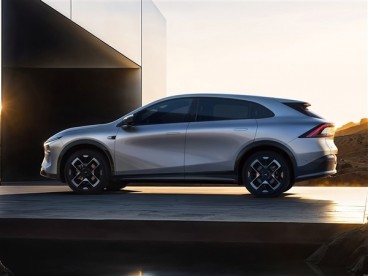
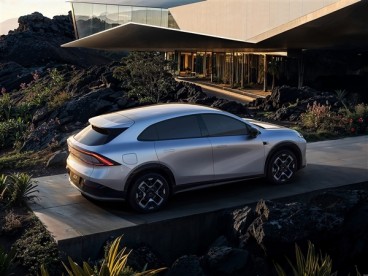
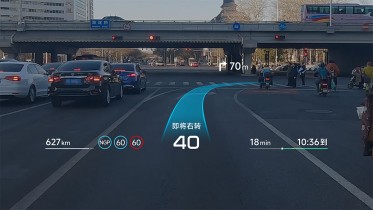
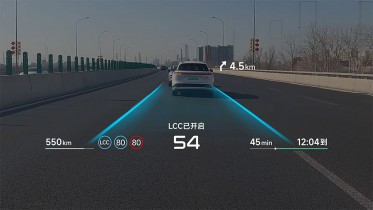
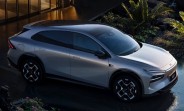
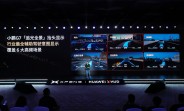


Facebook
Twitter
Instagram
RSS
Settings
Log in I forgot my password Sign up